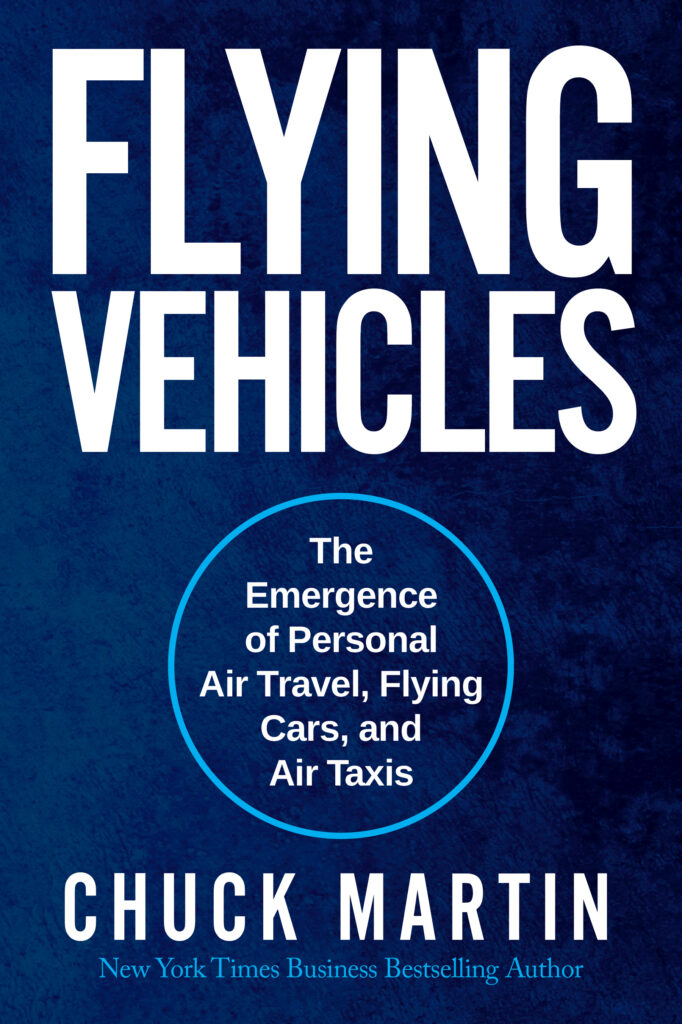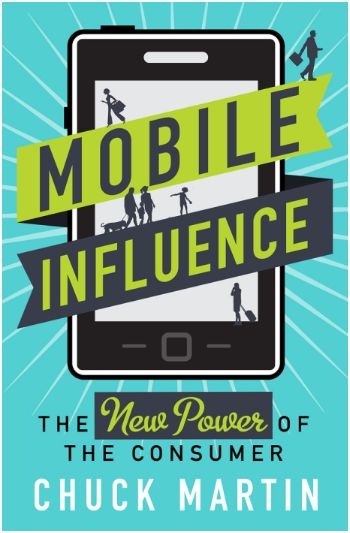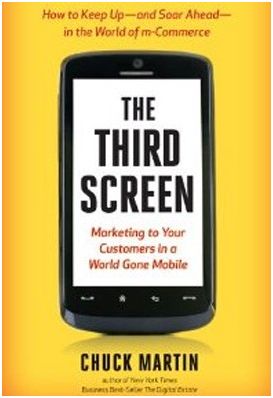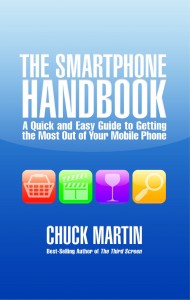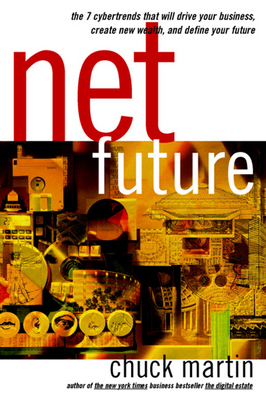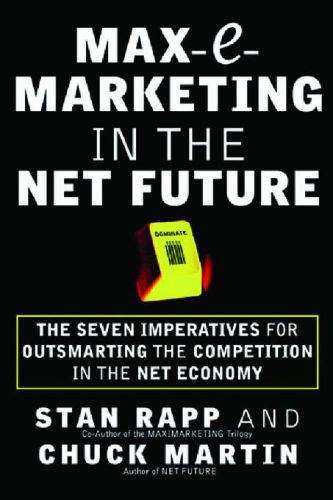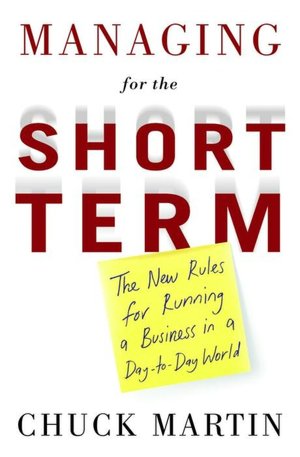
By Chuck Martin
Self-driving cars have been in the works for some time, although not all of the potential consequences have been fully uncovered.
Since a self-driving car technically wouldn’t require a driver to be in the car, the vehicle could operate on its own, which is where significant issues related to parking could occur.
Self-driving cars could drop off the driver and then continue cruising around to avoid paying sometimes high downtown parking fees, according to a study by the University of California, Santa Cruz.
“Parking prices are what get people out of their cars and on to public transit, but autonomous vehicles have no need to park at all,” states the study. “They can get around paying for parking by cruising. They will have every incentive to create havoc.”
The paper, by Adam Millard-Ball, an associate professor of environmental studies at the University of California, suggests that in a best-case scenario, as few as 2,000 self-driving cars in downtown San Francisco would slow traffic to fewer than two miles per hour.
The research analyzed the combined impact of parking costs and self-driving cars on city centers, using game theory and a traffic micro-simulation model to generate the predictions.
“Even when you factor in electricity, depreciation, wear and tear and maintenance, cruising costs about 50 cents an hour, cheaper than parking even in a small town,” states Millard-Ball. “Unless it’s free or cheaper than cruising, why would anyone use a remote lot?”
A suggested potential solution would be to add congestion pricing, essentially a user fee to enter a city center, according to the paper.
Sometimes in the Internet of Things, there are major unintended consequences.


